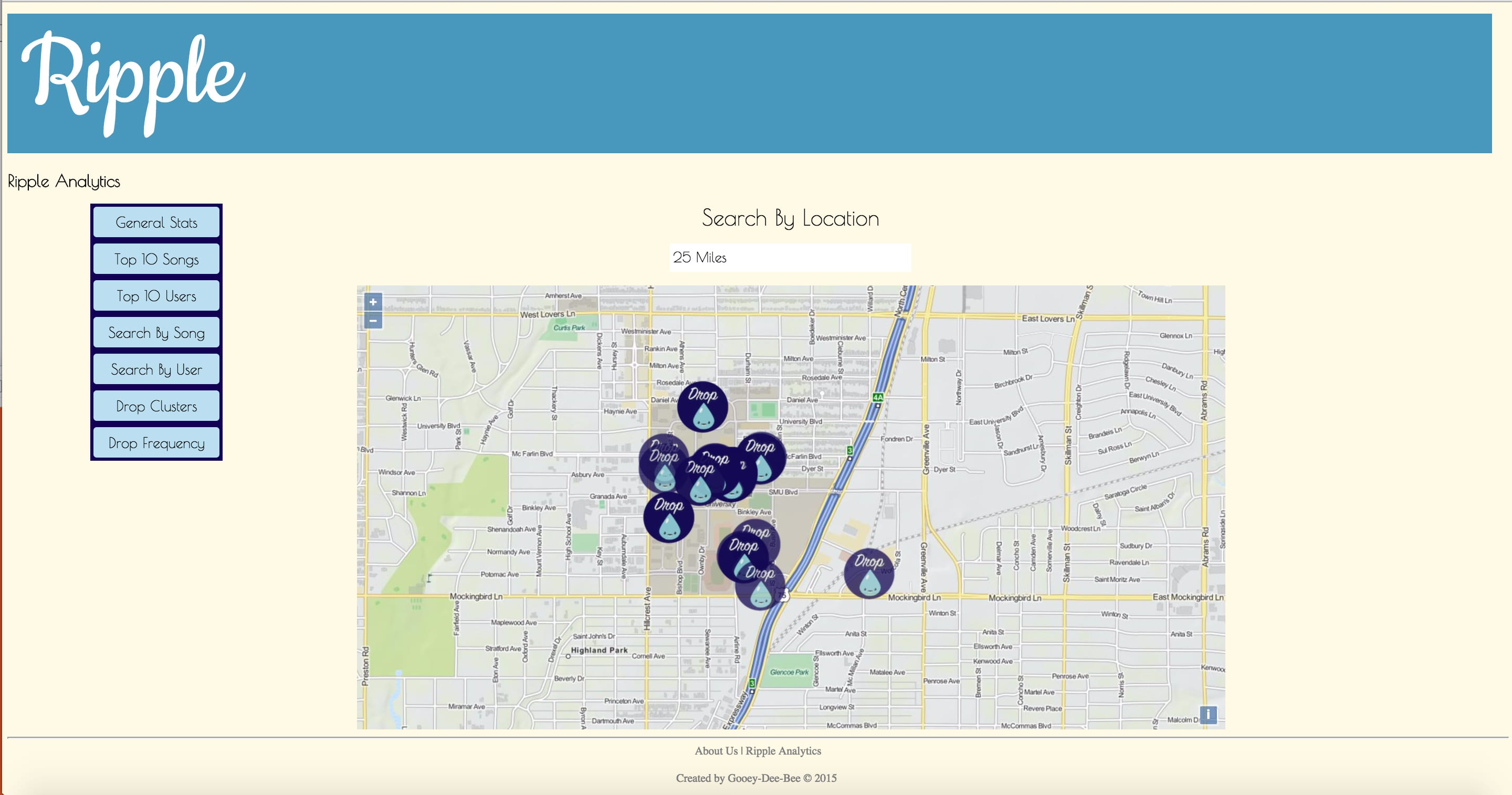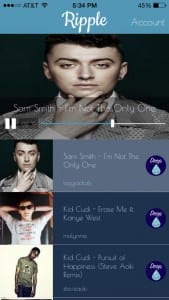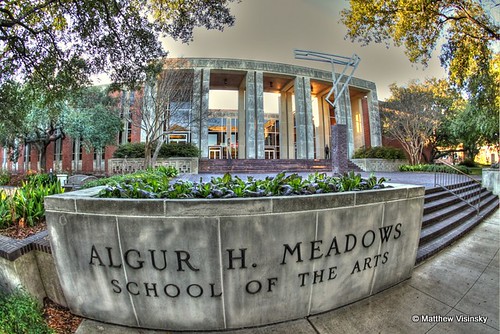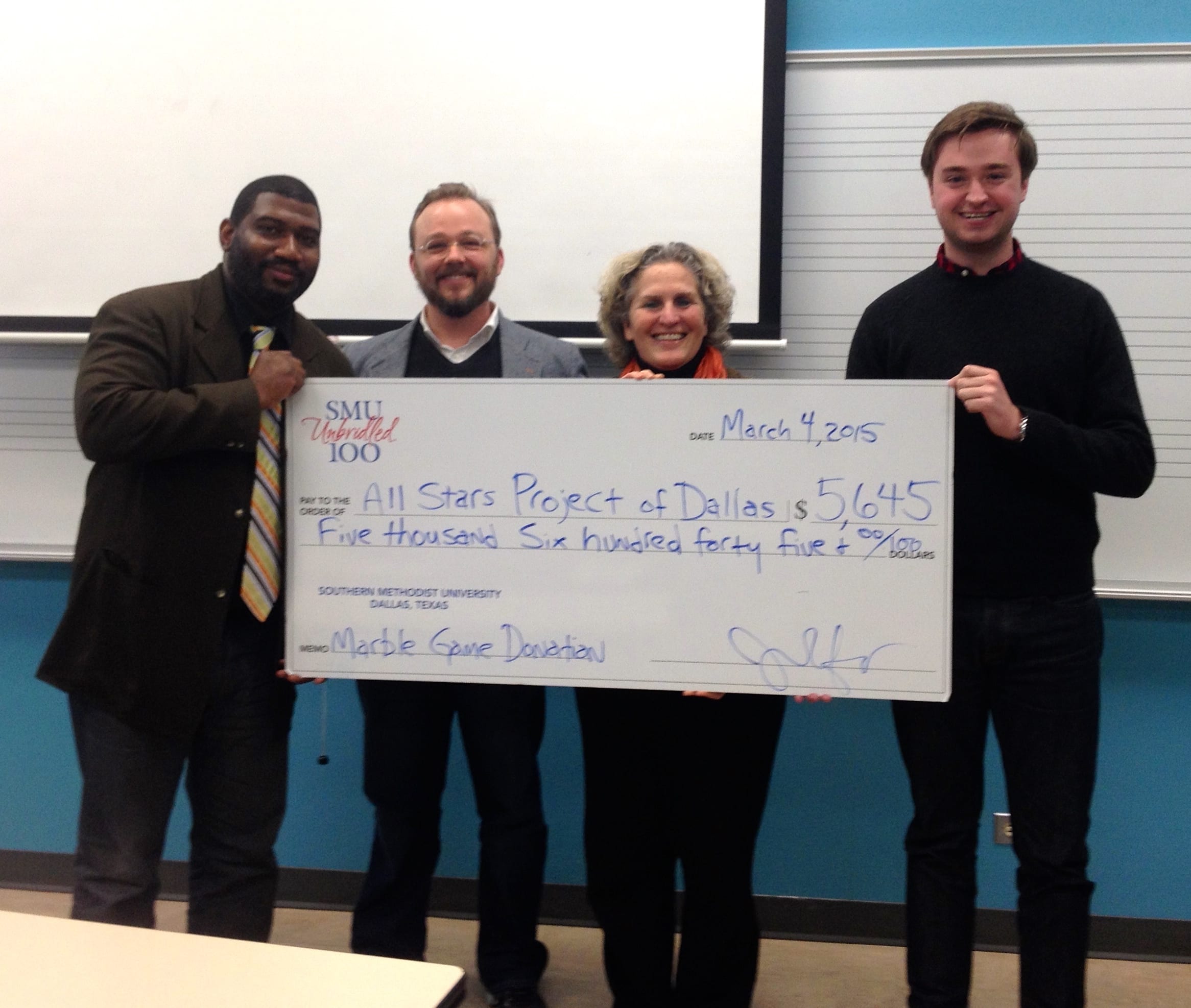 The following is an interview with SMU student Kellam Witherington, a Business major with a focus on Marketing at Cox School of Business and a minor of Arts Entrepreneurship at Meadows School of the Arts.
The following is an interview with SMU student Kellam Witherington, a Business major with a focus on Marketing at Cox School of Business and a minor of Arts Entrepreneurship at Meadows School of the Arts.
Interview by Jim Hart, Director of Arts Entrepreneurship at SMU:
Hart: Kellam, I have a series of questions for you and would like to hear more about the entrepreneurial concept you are developing. But first, knowing you have taken several of the required courses in Arts Entrepreneurship, let’s start by asking a few questions about what you have learned and what advice you have to offer students who are currently taking the classes or may do so in the future. Then, please share with us the exciting project you are developing and what it is you and your collaborators are doing.
may do so in the future. Then, please share with us the exciting project you are developing and what it is you and your collaborators are doing.
What classes have you taken in AMAE? I have taken Attracting Capital, Intro. to Arts Management, and Developing an Arts Venture Plan.
What have you learned in your AMAE classes? The most valuable take away from taking these classes is a simplified understanding of my business. Before I started with Attracting Capital, Ripple was very much a disorganized cluster of concepts and ideas that had little cohesion and proved on multiple occasions to be far too complex for people to grasp. I am now able to convey my value proposition concisely and with clarity. Developing an Arts Venture Plan also forced me to think about Ripple, for the first time, in tangible numbers and metrics. I now have a greater understanding of my target market, my development timeline, and my marketing plan. I now have a rudimentary set of financial estimations as well.
What 3 pieces of advice do you have for students who take part in the AMAE minors? The biggest piece of advice I can offer to students who take AMAE courses is to run with an entrepreneurial idea. I loved taking these classes because I had a business concept to apply what I was learning while I learned it. Make sure your idea is something you enjoy thinking about, as this will make the development process fun. Each assignment in AMAE was just another opportunity to further develop my idea, and I genuinely looked forward to working on them. Utilize your network. You will be surprised how many of the people around you want to contribute ideas and potentially even join your team if you are planning to build the business. Here at SMU, we are surrounded by an assortment of people with diverse skills, and many of these people are still looking for outlets to apply these skills.
What is it that you are doing? (Entrepreneurially)? I am creating a website and mobile app called Ripple. As co-founder, chief of business development, and chief marketing officer, I have been responsible for developing the original concept and designing both the business plan and the marketing plan. Ripple is, in essence, a local, real-time music billboard and streaming radio service for your community. Based off of the popular location-based, anonymous message board, YikYak, Ripple intends to serve a similar function, but instead of gossip and recycled Reddit jokes, our content will be your community’s favorite songs. Ripple allows its users to anonymously post their favorite songs to a communal billboard that draws its content from the posts of users near to your geo-location. When you post a song (or “drop” a song, to use our lingo), it appears at the top of your communal billboard, and subsequent “re-drops” of the song continuously move it back to the top of the list. If your “drop” gets “re-dropped” by other users in your community, you accumulate amplitude points that identify you as an “influencer” within your community and allow you to “drop” more content, as you have demonstrated an ability to spot popular songs early on. “Drops” cost amplitude points, so make sure you only “drop” content that you think people will like. It’s a little like investing in the songs you love. Post a song that goes absolutely viral, and you could be identified as having the most influential music taste in the area.
How did you come up with the concept? The idea stemmed from my interest in music blogs. I avidly scour through an assortment of music blogs based all over the US and Europe in search of the hottest new music. Music has always been an interest of mine, and I love when I can accurately identify trends in popular music before they hit the mainstream. I started a music blog of my own called Here’s Your Mixtape late in high school where I could post my findings, and when I got to SMU, I started looking for new writers to join my venture. The response was astounding. I asked one friend, and before I knew it, I was swarmed with requests from friends who wanted to contribute content to this immuring SMU music blog that they had caught wind of. I could only support so many writers however, and there wasn’t a way to determine who actually had the most relevant music taste to capture SMU’s attention, and that’s when the idea for Ripple started to formulate in my head.
What if I could somehow create the music blog to rule all music blogs, where your whole community could provide the content and decide what they liked best? When YikYak appeared, the location-based, gossip billboard that captured the attention of college and high-school students nationally, the light bulb really went off in my head. I finally had the location-based vehicle that I was looking for. YikYak’s “Yakarma” concept even provided a means to rank users based on the relevance of their contributions. In YikYak, when a user’s content gets up-voted, they accumulate a measure known as “Yakarma” that serves no purpose other than to inflate the user’s ego and essentially tell them that “hey, you’re good at this! Keep it up and DEFINTELY keep using our app.” From a customer retention standpoint, it’s actually very smart, but I wanted to go one step further and give it tangible value. That’s how I came up the “Amp point” system. Only users with proven great taste can create more content. This will also reduce the risk of spam accumulation as the app grows.
What audience do you serve? The general, initial target market will consist of US Millennials who regularly attend concerts and either attends high school or college or have a college degree. School and University campuses will serve as key market entry points due to the high concentration of individuals in the target segment and community-centric nature of Ripple’s services. We anticipate a musician market to follow on as well as ripple’s notoriety grows. Viral marketing is a great way to generate initial interest for new musicians, yet virility is notoriously tricky to harness. Ripple is an ideal vehicle for viral marketing, as users are enticed to promote their “dropped” content as widely as they can in order to accumulate the most “Amp.” For a musician, this provides exceptional value by eliminating the promotional middleman, and letting your fans do the work.
What have been your sources of inspiration? As I mentioned before, my biggest inspiration was definitely my old music blog, Here’s Your Mixtape. It was my first attempt at creating a perpetually updating mixtape for my friends who were interested in my music taste. I discovered at SMU that I was not alone, and it was actually somewhat common in our demographic for individuals to want their personal interests and preferences validated by the public. People want to know that what they have to say is valued by their peers. As far as the name “Ripple” goes, it just made so much sense for the concept. Social influence spreads like a ripple effect. The bigger the drop, the further it spreads, and the more you will notice.
Who is on your collaborative team? As of now, I create the majority of the ideas, but obviously I have taken into account ideas from my friends and team members along the way. As far as transforming Ripple from a concept into a reality, I have to place the credit where it’s due. Huge shout-out to my Co-Founder, Will O’Connor, who has been working exclusively on the app prototype in his not-so-free time. He was also on the development team in Lyle who are responsible for the website beta prototype. The team of back-end developers: Own Klaiss, Noah Mendoza, Avery Ferrante, and Caitlin Gutschenritter were acclaimed by their Lyle professors for the complexity of the back-end functions. The team of front-end developers: Will O’Connor, Johna Rutz, and Jason Stumbaugh were celebrated as well for the beautiful, intuitive, and functional design of the website’s visual aspects. Lastly, shout-out to William Chubb for assisting with ideation and providing legal, as well as business advice.
What are your goals for the future/where do you hope to find yourself in 5 years? It is my dream to have ripple student representatives at universities across the country and to have offices in LA and NYC. I also intend Ripple’s services to include concert ticket sales within three years. Our expansion after that will be contingent on the success of the app within the music industry, but I would like to expand into other consumer-influence driven industries such as fashion in order to appeal to a broader market.
What are your immediate goals? This summer we intend to make significant progress on the development of the mobile app. My first task this summer will be to register Ripple as an LLC and open a company bank account. Our aim is to launch to SMU campus as our beachhead market sometime during the fall semester of 2015.
NOTE: Ripple is still in beta testing mode.
If you would like to contact Kellam Witherington directly, please do at kwitheringto@mail.smu.edu.





